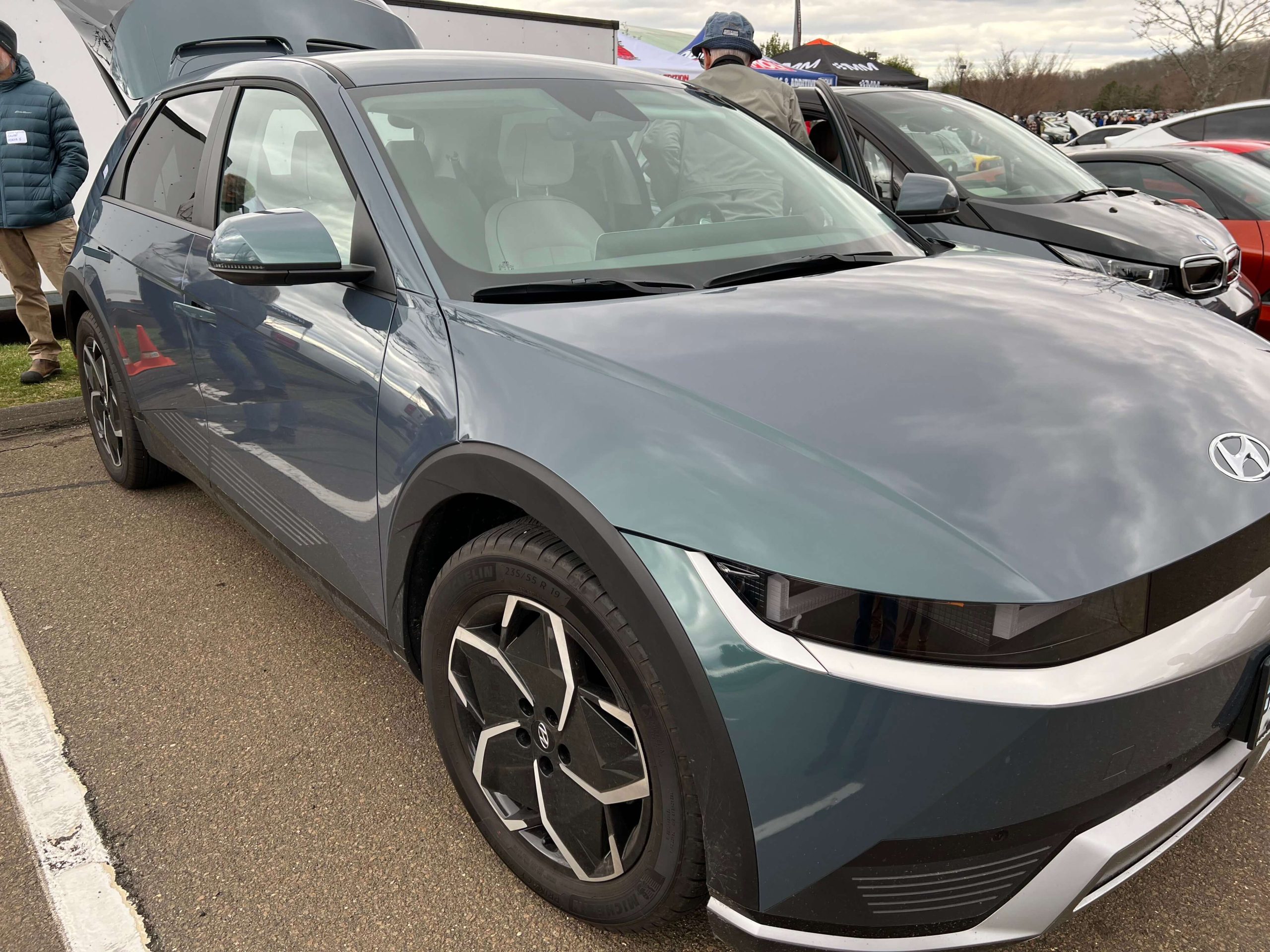CHEAPR – New Program Components Beginning to Be Implemented
The following is a summary of what was reported in the recent CHEAPR board meeting. Pre-Qualification Voucher Program for Income Limited Persons This new program soft-launched on March 29th. There have been supplemental rebates for … Read more


